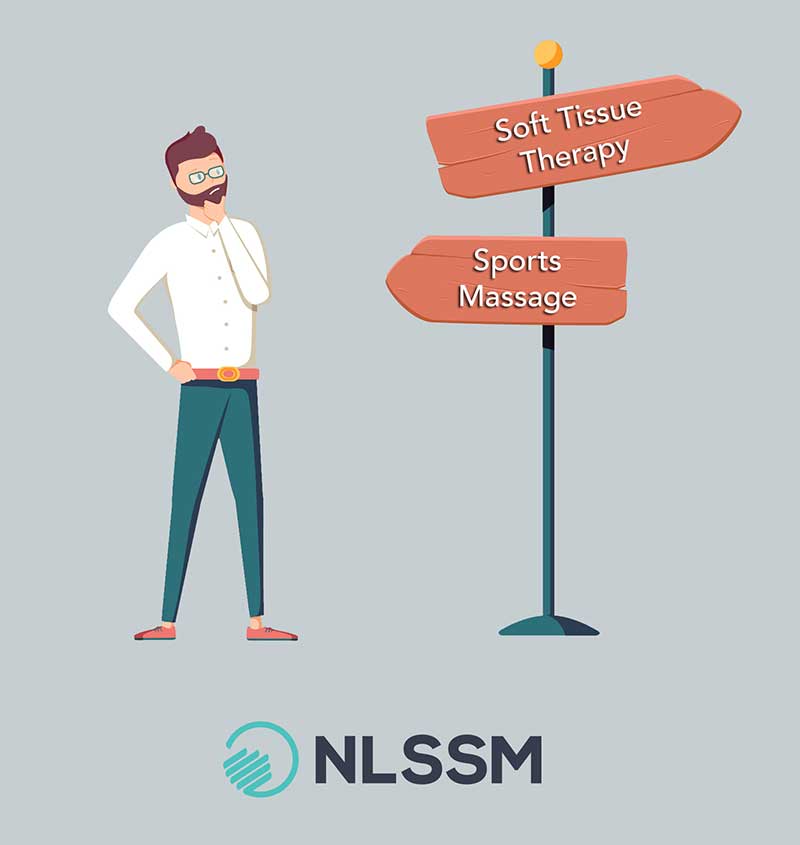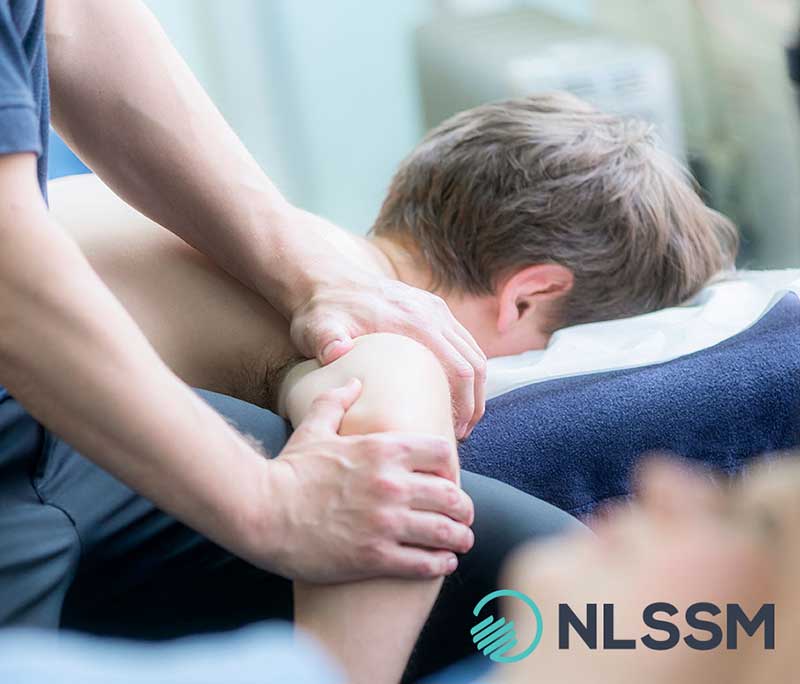What is Sports Massage really? What’s in a name?
To be fair I am not sure anyone in the UK can answer this one fully!
Understanding exactly what sports massage is, is extremely confusing because of the varied training providers and the enormous differences in material offered in each course. For example, one therapist can do a weekend course in sports massage and another takes a year. Yet both can say they have been trained in sports massage. For the client, there is no obvious way to distinguish one from the other.

Many believe it is a deep form of massage that can be bloody painful, reserved only for the inner circle of top athletes! Unfortunately, due to certain training providers who continue to teach this approach and telling trainees that sports massage needs to hurt in order to get results, this is a myth that is doing more harm than good for the profession.
However, when I first started out, sports massage was the elite form of massage. It was considered to be the therapy that a massage therapist aspired to. In a way, I still believe this. If we view sports massage as about fixing people with injuries and it has the appropriate training behind it, it offers real value. The idea that an injury needs to be sustained from training or a sporting activity is not an all-inclusive requirement. Injuries happen in many forms: they don’t only occur from overuse, but also through lack of use, abuse, and disuse. Injuries happen because of a dysfunction in the functional soft tissue. So in all walks of life, they meet this requirement to receive a remedial form of massage.
I qualified as a sports massage therapist, but when I wrote the course for NLSSM I realized that my medical and exercise background taught me that injury was the result of many factors, hence I started to call the course Sports Massage and Remedial Therapy, which has since evolved even further.
Most people understand the term Sports Massage but very few know about remedial soft tissue work. So it was about keeping the term that the average person could relate to and adding a term that would educate through association.
So now the course is called Sports Massage and Remedial Soft Tissue Therapy. The intention is to educate those looking for corrective soft tissue work but does not want the brutal connotations that sports massage will often create because of the reputation.

My hope is that all therapies, despite their name, approach soft tissue work with a sense of respect, a feel for the tissue, and take on the responsibility for delivering a thoughtful treatment.
I believe that the skill in a therapists’ hands is mostly down to how they have been trained and educated. It is not about how deep you get or how brutal you are. There is no prize to be handed out for the poor client who is able to tolerate sheer aggression of touch that results in bruises. Sports Massage and Remedial Soft Tissue Therapy is about satisfying the need to sort out a soft tissue condition. To fix an injury without causing more injury.
So although many training providers are still confusing sports massage as purely for the athlete, within a sporting environment, and not understanding its link with remedial work, there are others who offer this as additional training, teaching advanced techniques, much like we do in our bespoke Level 5 NLSSM Sports Massage and Remedial Soft Tissue Therapy course.
However, until we all, as an industry, get together and forge the link between sports massage and remedial therapy, it will remain confusing for both our clients and our future generation of therapists.
For now though, people will continue to rely on word of mouth to procure a sports massage therapist, as they know titles really mean nothing.
